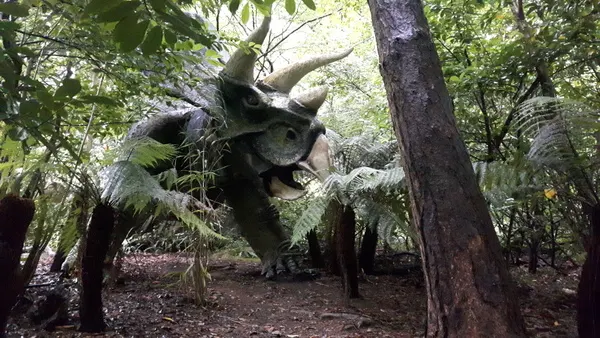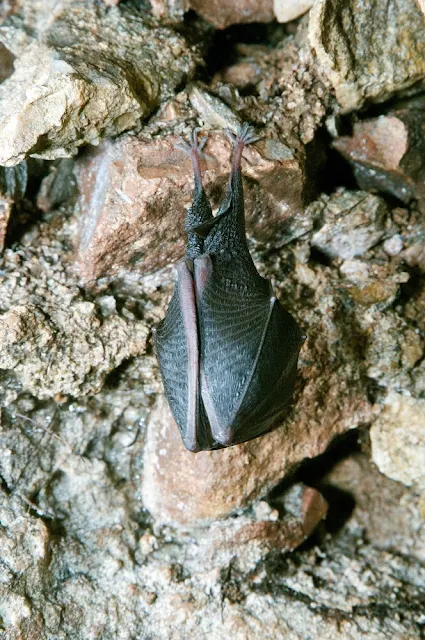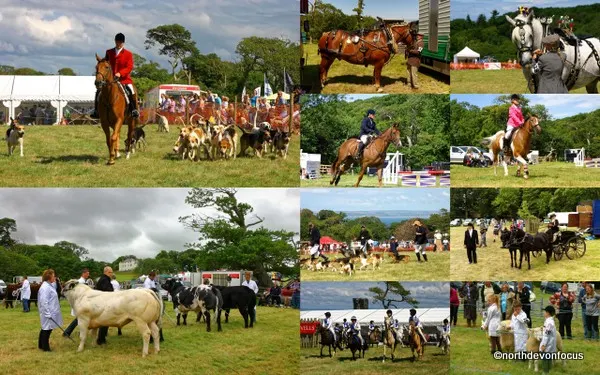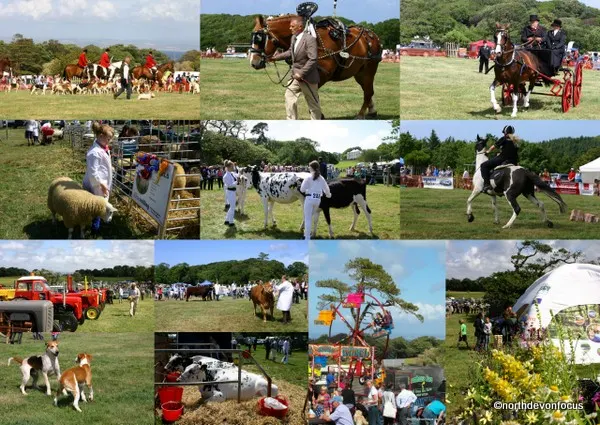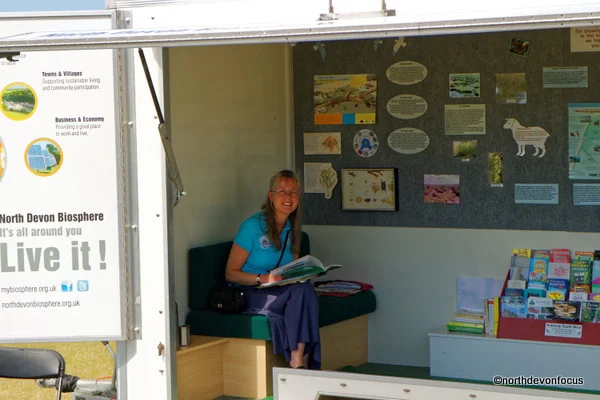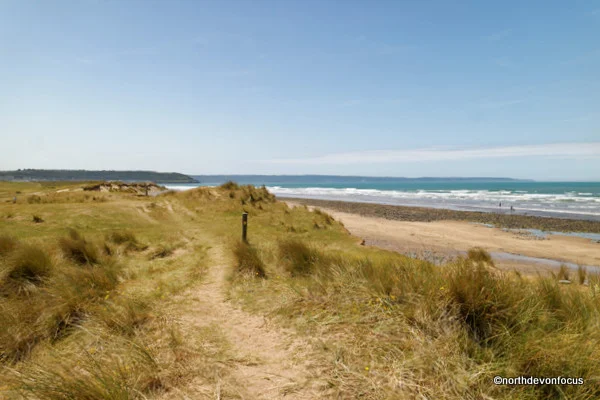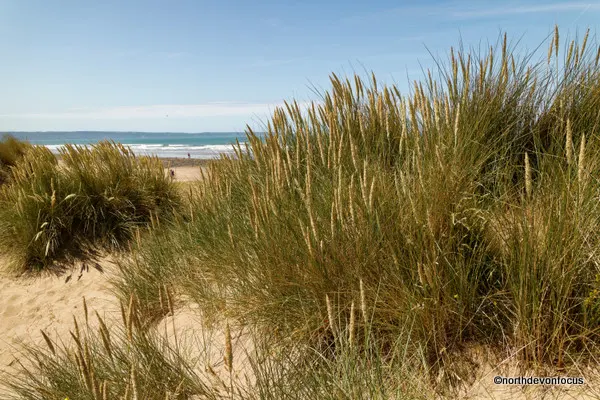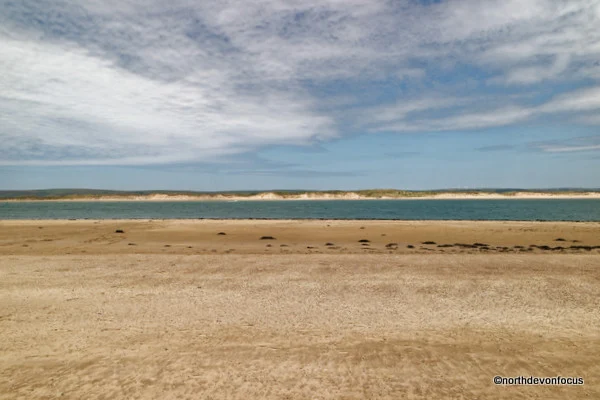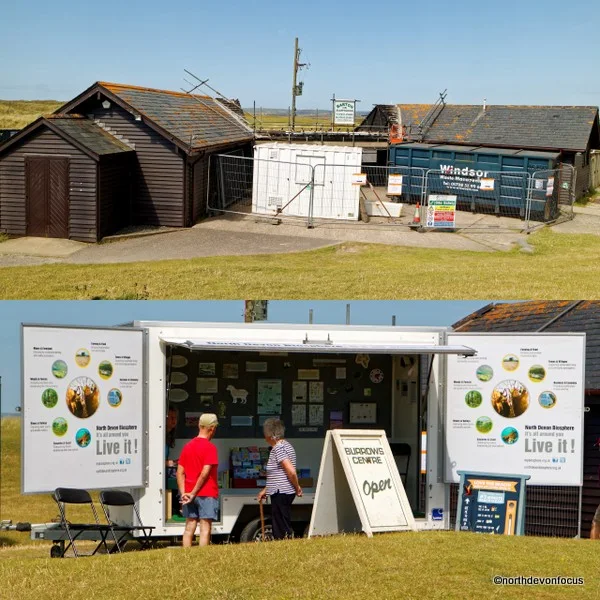Sixty-six millions years after they were believed to have become extinct, life has been discovered once more in the body of a huge dinosaur.
While the giant lizards once roamed the prehistoric lands of a supercontinent known as Pangea, this time the dinosaur in question is to be found near Ilfracombe, North Devon.
This startling claim began to make more sense when it was found that the ‘life’ in question actually belonged to a colony of lesser horseshoe bats. Wildlife researchers have recently discovered that the bats are actually living in the belly of a giant fibre-glass triceratops, one of a range of large, replica dinosaurs on display at the popular Combe Martin Wildlife and Dinosaur Park.
The finding was made by The Devon Greater Horseshoe Bat Project. In 2017 more than 400 volunteers have undertaken night time surveys using ultrasonic bat detectors in an attempt to map the places where the nocturnal mammals live in Devon. It was after a tip off of an unusual bat roost that the dinosaur location was revealed.
Ruth Testa manages the Heritage Lottery Fund supported Devon Greater Horseshoe Bat Project, an initiative which is led by the charity Devon Wildlife Trust. Ruth explained what happened:
“Combe Martin Wildlife and Dinosaur Park generously allowed us to visit and have a look for bats in the park after we were alerted to the possible presence of a roost. When we arrived we didn’t know what species they would be and we could never have guessed where they would be living. To find them hanging out inside a model of a triceratops came as a big surprise.”
The four metre high dinosaur is one of the older models found in the park and it’s thought that the bats made their home there after discovering a hole in the underside of the triceratops’ belly.
Ruth Testa added:
“Bats will seek out safe and dry places they can rest up during the day before venturing out at night to look for food. The stomach of this dinosaur obviously fitted the bill. The surveys our volunteers undertake are giving us a unique insight into how bats behave. With this knowledge we can then ensure that our landscapes become more bat-friendly in the future.”
Louisa Bartlett, Senior Primate Keeper at Combe Martin Wildlife and Dinosaur Park, said:
“It is fantastic to discover we have bats living in a triceratops, we always knew we had wild bats on site but never really knew where. The fact that they have decided to live in a dinosaur just makes it even more exciting!
We have 94,000 visitors every year and recently installed six brand new animatronic dinosaurs. You never know, one day the bats may decide to move residence into one of our new dinosaurs, if they feel like upgrading!”
Lesser horseshoe bats are described as ‘rare’ and like many species of bat their numbers have declined in the UK over recent decades due mainly to changes in our countryside such as the loss of hedges, falling insect prey numbers and the destruction of their roosts.
Becky Wilson, of the national charity Bat Conservation Trust, reacted to the find with surprise:
“We get to hear of some very unusual bat roosts and are always pleased to hear of new ones. But a fibreglass triceratops is definitely a first for us!”
To guard against disturbance Combe Martin Wildlife and Dinosaur Park is now asking its visitors to give the bats and their triceratops some space.
While the giant lizards once roamed the prehistoric lands of a supercontinent known as Pangea, this time the dinosaur in question is to be found near Ilfracombe, North Devon.
This startling claim began to make more sense when it was found that the ‘life’ in question actually belonged to a colony of lesser horseshoe bats. Wildlife researchers have recently discovered that the bats are actually living in the belly of a giant fibre-glass triceratops, one of a range of large, replica dinosaurs on display at the popular Combe Martin Wildlife and Dinosaur Park.
The finding was made by The Devon Greater Horseshoe Bat Project. In 2017 more than 400 volunteers have undertaken night time surveys using ultrasonic bat detectors in an attempt to map the places where the nocturnal mammals live in Devon. It was after a tip off of an unusual bat roost that the dinosaur location was revealed.
Ruth Testa manages the Heritage Lottery Fund supported Devon Greater Horseshoe Bat Project, an initiative which is led by the charity Devon Wildlife Trust. Ruth explained what happened:
“Combe Martin Wildlife and Dinosaur Park generously allowed us to visit and have a look for bats in the park after we were alerted to the possible presence of a roost. When we arrived we didn’t know what species they would be and we could never have guessed where they would be living. To find them hanging out inside a model of a triceratops came as a big surprise.”
The four metre high dinosaur is one of the older models found in the park and it’s thought that the bats made their home there after discovering a hole in the underside of the triceratops’ belly.
Ruth Testa added:
“Bats will seek out safe and dry places they can rest up during the day before venturing out at night to look for food. The stomach of this dinosaur obviously fitted the bill. The surveys our volunteers undertake are giving us a unique insight into how bats behave. With this knowledge we can then ensure that our landscapes become more bat-friendly in the future.”
Louisa Bartlett, Senior Primate Keeper at Combe Martin Wildlife and Dinosaur Park, said:
“It is fantastic to discover we have bats living in a triceratops, we always knew we had wild bats on site but never really knew where. The fact that they have decided to live in a dinosaur just makes it even more exciting!
We have 94,000 visitors every year and recently installed six brand new animatronic dinosaurs. You never know, one day the bats may decide to move residence into one of our new dinosaurs, if they feel like upgrading!”
Lesser horseshoe bats are described as ‘rare’ and like many species of bat their numbers have declined in the UK over recent decades due mainly to changes in our countryside such as the loss of hedges, falling insect prey numbers and the destruction of their roosts.
Becky Wilson, of the national charity Bat Conservation Trust, reacted to the find with surprise:
“We get to hear of some very unusual bat roosts and are always pleased to hear of new ones. But a fibreglass triceratops is definitely a first for us!”
To guard against disturbance Combe Martin Wildlife and Dinosaur Park is now asking its visitors to give the bats and their triceratops some space.
The Triceratops at Combe Martin Wildlife and Dinosaur Park. Photo copyright Devon Wildlife Trust
A Lesser Horseshoe Bat photo copyright Devon Wildlife Trust
---------------

